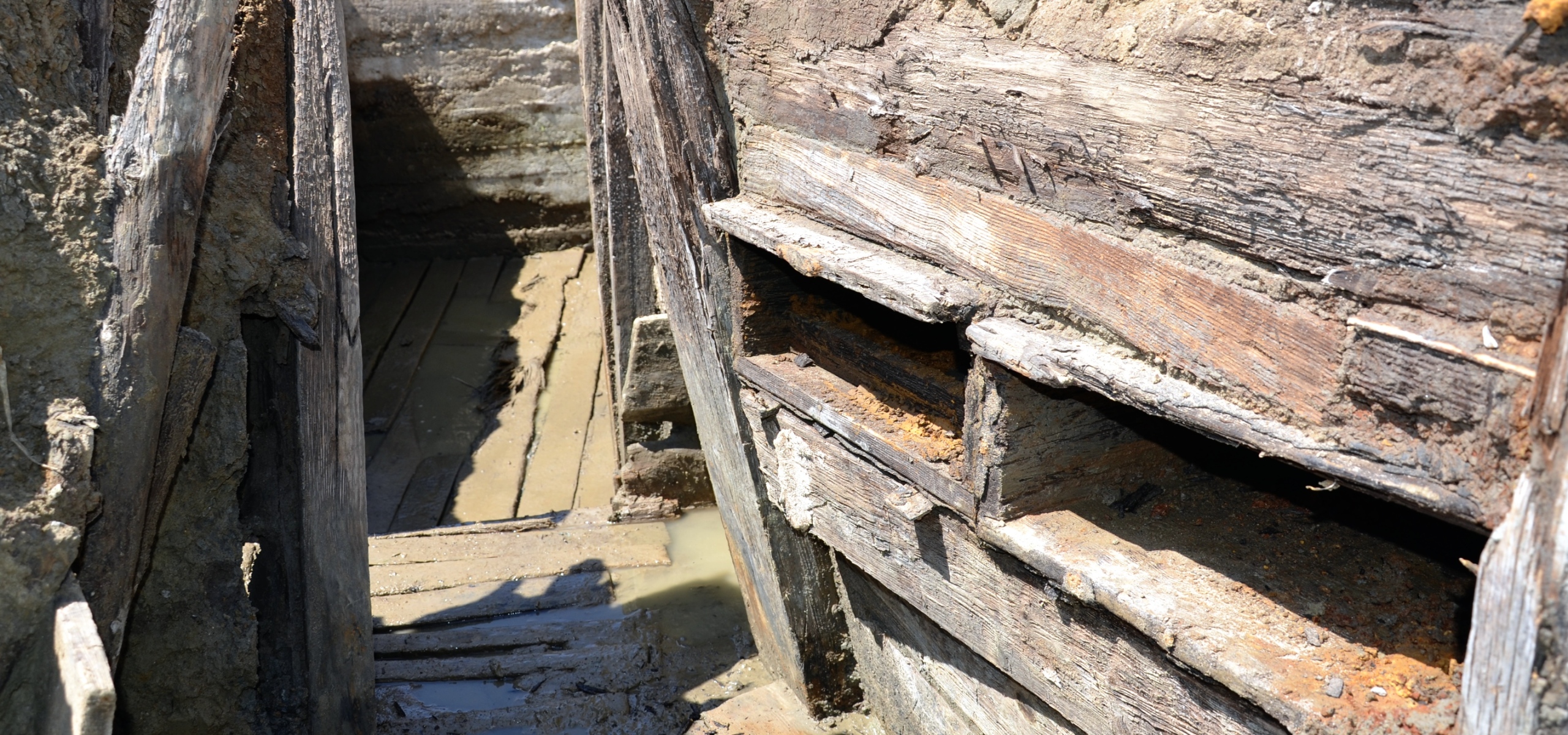WW1 Revisited
A Great War Journey with Paul Reed

Archives

This memorial to the Tank Corps commemorates their role in the Third Battle of Ypres but is part of a larger project to get a large scale replica of a First World War tank operational. The project has a fascinating blog that is worth reading and shows this framework tank replica going into place. Located on the road between St Julien – Vancouver Corner and Poelcapelle and while it appears to be… Read More

On this day in 2009 Great War veteran Harry Patch died aged an incredible 111 years. Often referred to as the ‘Last Fighting Tommy’, Harry Patch had served in Flanders with the Duke of Cornwall’s Light Infantry during the Third Battle of Ypres in 1917. He was the last surviving British soldier to have served in the trenches of the Western Front when he died and his face and voice have come to… Read More

Today is the 97th Anniversary of the Battle of Arras, in some respects one of the forgotten battles of the Great War. Despite the huge amount of publications on Ypres and the Somme, in recent years only Jon Nicholl’s Cheerful Sacrifice, Peter Barton’s & Jeremy Banning’s Arras 1917 and my own Walking Arras have been published on this short but bloody battle. I blogged about this for the University of Oxford WW1 Centenary site last year… Read More

The landscape of Flanders around the city of Ypres was covered with the remains of trenches when the war ended in 1918 but as the civilian population returned and reclaimed their land, gradually they disappeared. Original trenches can only be seen in a few locations around Ypres now but for new generations coming to the battlefields it is often hard to equate muddy ditches or shallow holes with what was once here…. Read More

Les Crapouillots was a satirical magazine during the Great War and also the name given to the Trench Mortar branch of the French Army by the Poilus in the trenches. This memorial in the village of Laffaux in the battlefields between Soissons and the Chemin des Dames commemorates 12,000 men of the unit who died on the Western Front. Constructed in the 1930s it was badly damaged in May 1940 during the… Read More

The Western Front ran for more 450 miles from the Belgian coast to the Swiss Border. At the Belgian end the trenches petered out in the sand dunes near to the Belgian town of Nieuport. Soldier-author Charles Douie fought in the area with the 1st Battalion Dorsetshire Regiment in 1917 and left this description of the sector: Nieuport was not greatly different from other towns lying in the near vicinity of the… Read More

Newfoundland was the smallest colony in the British Empire to raise it’s own regiment in the Great War, the Newfoundland Regiment. It served at Gallipoli in 1915 and then on the Western Front from 1916 onwards. It’s memorials take the form of a bronze Caribou, a native animal of Newfoundland, which overlooks the site of the action it commemorates. There are five such memorials located on the Western Front and this Caribou… Read More

By the close of the Great War the French Army had lost more than 1.4 million dead: their burials are scattered across more than 350 mile of the Western Front occupied by French forces. In the Department of the Aisne the cemeteries are very evident between Soissons and Reims, and this one at Braine, taken in early evening light on a bright March day, commemorates the dead from operations on the Aisne… Read More

The Nieuport Memorial was unveiled in 1928 and commemorates more than 500 soldiers, and sailors of the Royal Naval Division, who died on the Northern End of the Western Front and in land operations in north Belgium close to Antwerp and have no known grave. The memorial was designed by noted architect, and Great War veteran, Charles Sergeant Jagger; the lions in particular a notable feature of his work. The memorial is… Read More

A Belgian archaeologists carefully cleans a clip of British .303-inch bullets from the First World War. These were found during a dig at the Belgian town of Messines, in Flanders, in 2012 which featured in Channel 5’s WW1 Tunnels of Death. Items like this are found every year and are still potentially dangerous; they should always be left well alone.

This German trench, dating from 1916, was unearthed during a major excavation by ADeDe archaeologists lead by Simon Verdeghem in 2012. The dig featured in Channel 5’s WW1 Tunnels of Death. The trench links into a large German dugout dating from the same period. The small recesses on the right were for hand grenades; one was still full of German Stick Grenades when uncovered. This is the deepest evert intact trench excavated on… Read More
Comments on WW1 Revisited